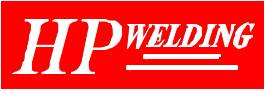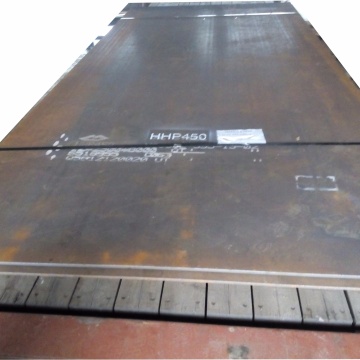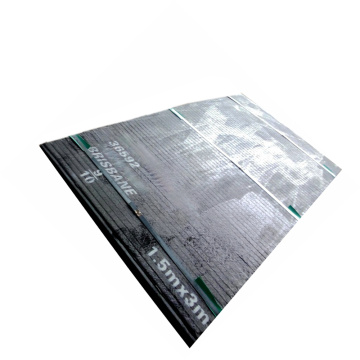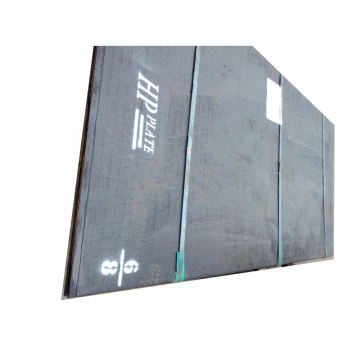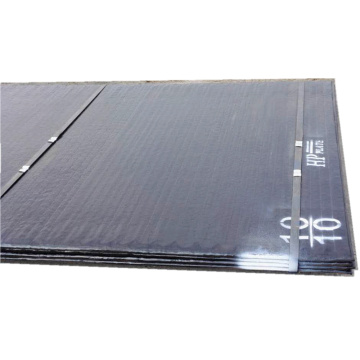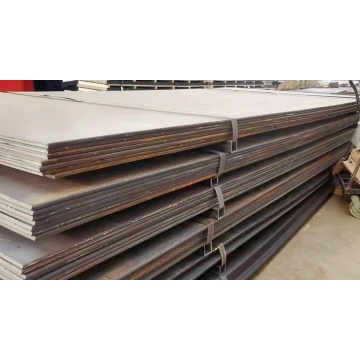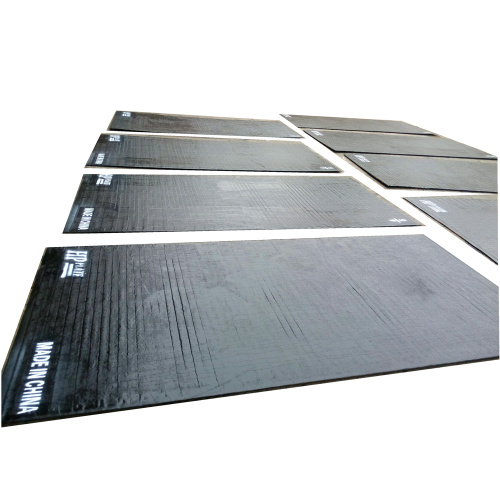
20mm Hard Steel Plate
- Min. Order:
- 100 Kilogram
- Min. Order:
- 100 Kilogram
- Transportation:
- Ocean, Land, Air
- Port:
- S, h, a
Your message must be between 20 to 2000 characters
Contact Now| Place of Origin: | China |
|---|---|
| Supply Ability: | 50,000㎡ wear plate per year |
| Payment Type: | L/C,T/T,D/P,Paypal,Money Gram,Western Union |
| Incoterm: | FOB,CFR,CIF,EXW,FCA |
| Certificate: | ISO9001: 2015 |
| HS Code: | 72109000000 |
| Transportation: | Ocean,Land,Air |
| Port: | S,h,a |
Our quality policy is to fully support and provide the necessary resources for the implementation of the quality
Company Information
HP Plate (Huifeng Wear Resistant Industry Co., Ltd.) was founded in 1994, as the former Taiwan's Upking-Kurimoto Ltd., led by president Mr. Zhang Kun-Mou, using the world-famous Japanese KURIMOTO hardfacing welding patented technology & high end welding materials. HP Plate has become the most experienced expert specializing in production and sales of wear resistant products.
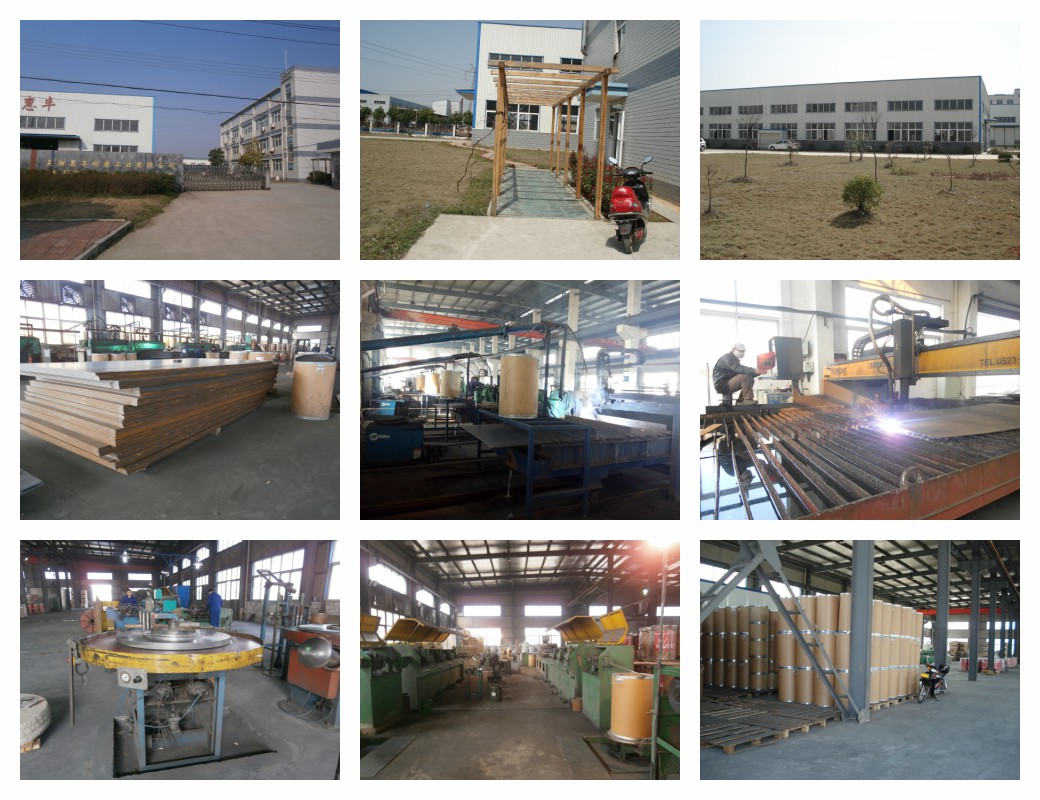
HP Wear Products Range:
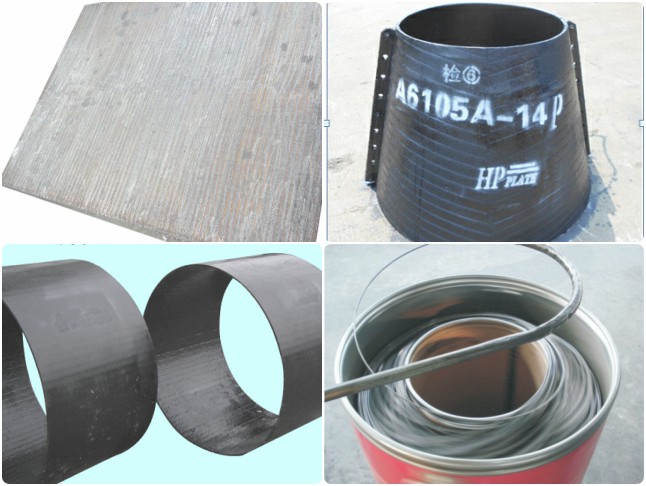
HP Wear Product Applications
Cement Plant, Mining Site, Steel Mill, Power Generation, Glass Industry,
Dredging, Surgar Industy, Quarry, Construction, etc...where need to be anti-abrasion.
HP Factory Laboratory

Company ISO Certificates:
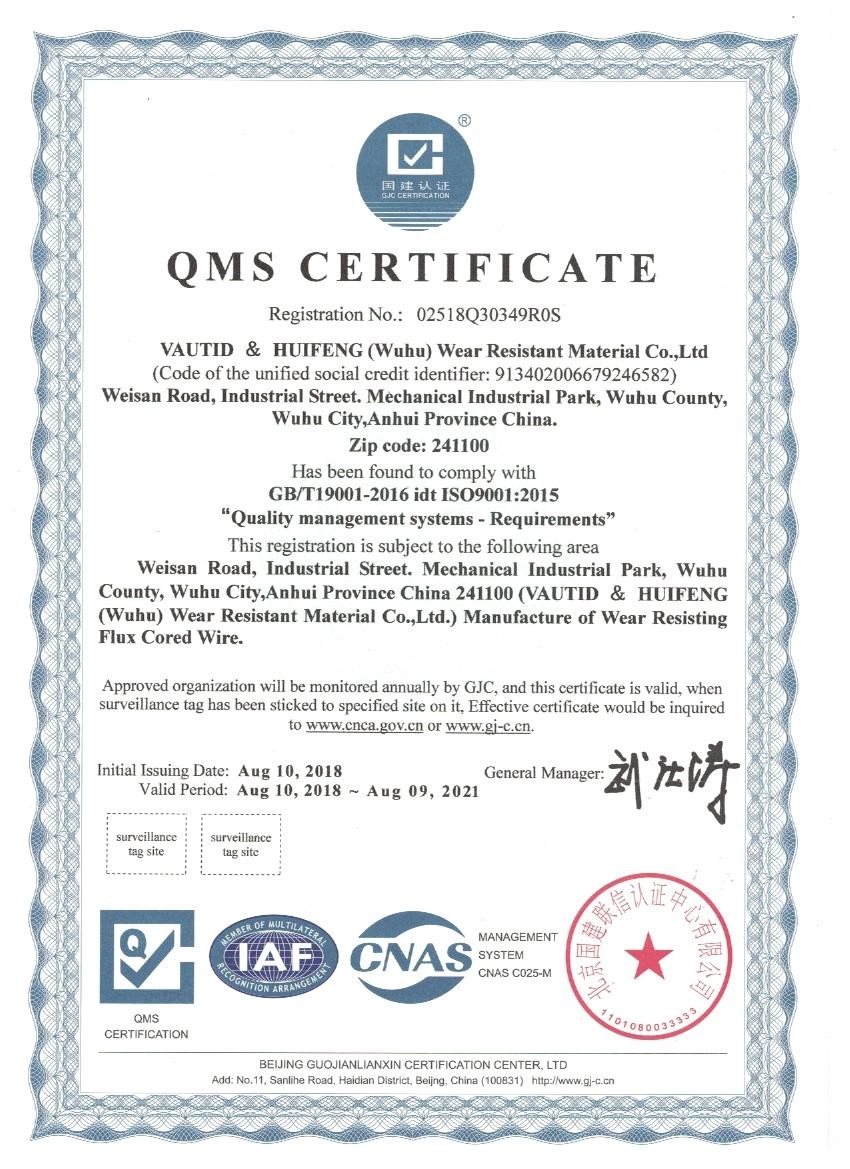
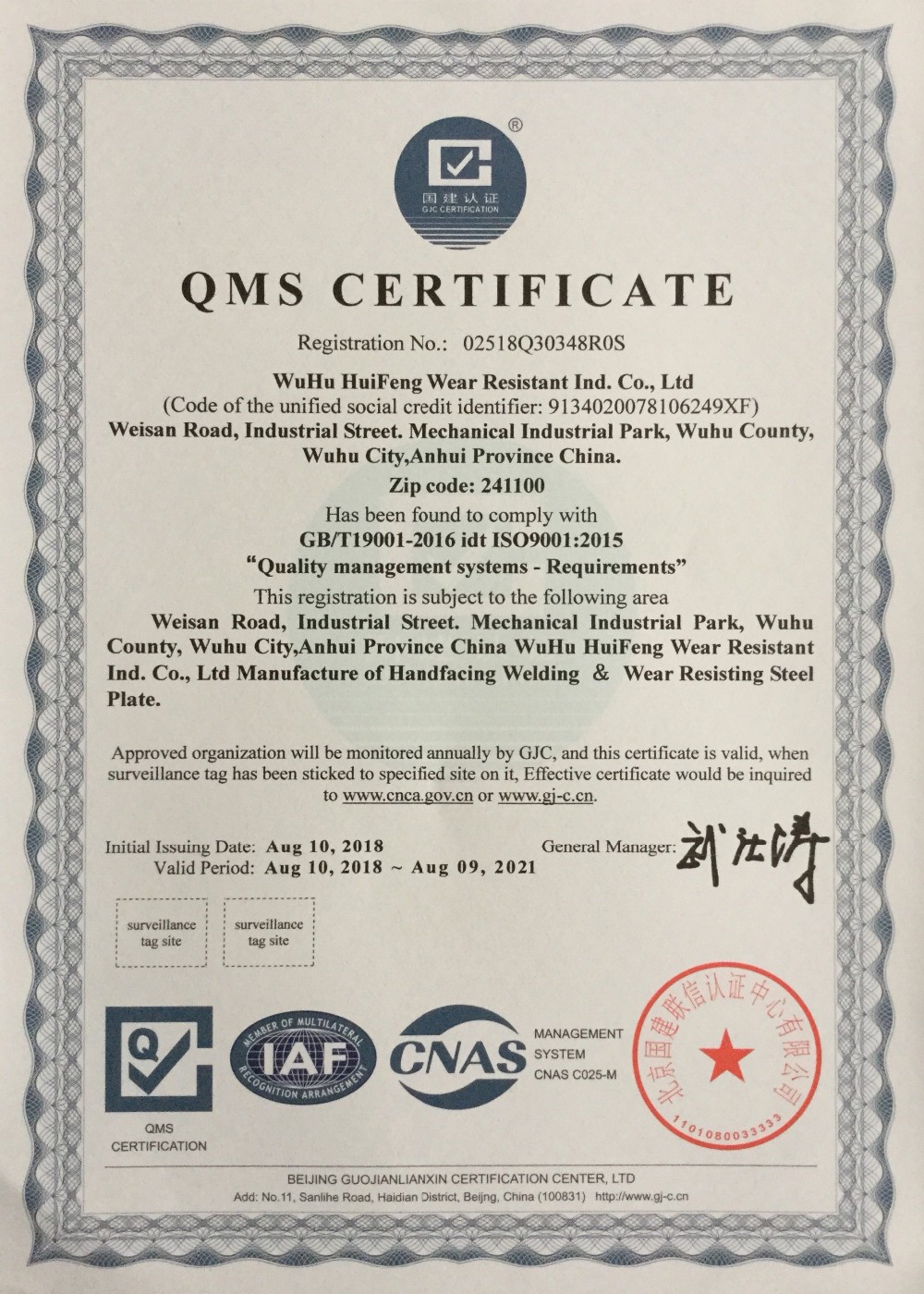
FAQ On HP Wear Products
Question: Can I cut or drill a hole in an HP overlay plate?
Answer: No. The chromium-carbide layer is not drillable or machineable. When necessary, you may be able to cut it with plasma, waterjet, or arc-gouging.
Question: What are the most popular applications with hardfacing products?
Answer: The typical applications include Mining Site, Steel Mill, Cement Industry, Power Generation, Glass Industry, Construction, Dredging, Oilsand, etc where need to fight with abrasion and impact.
Related Keywords

